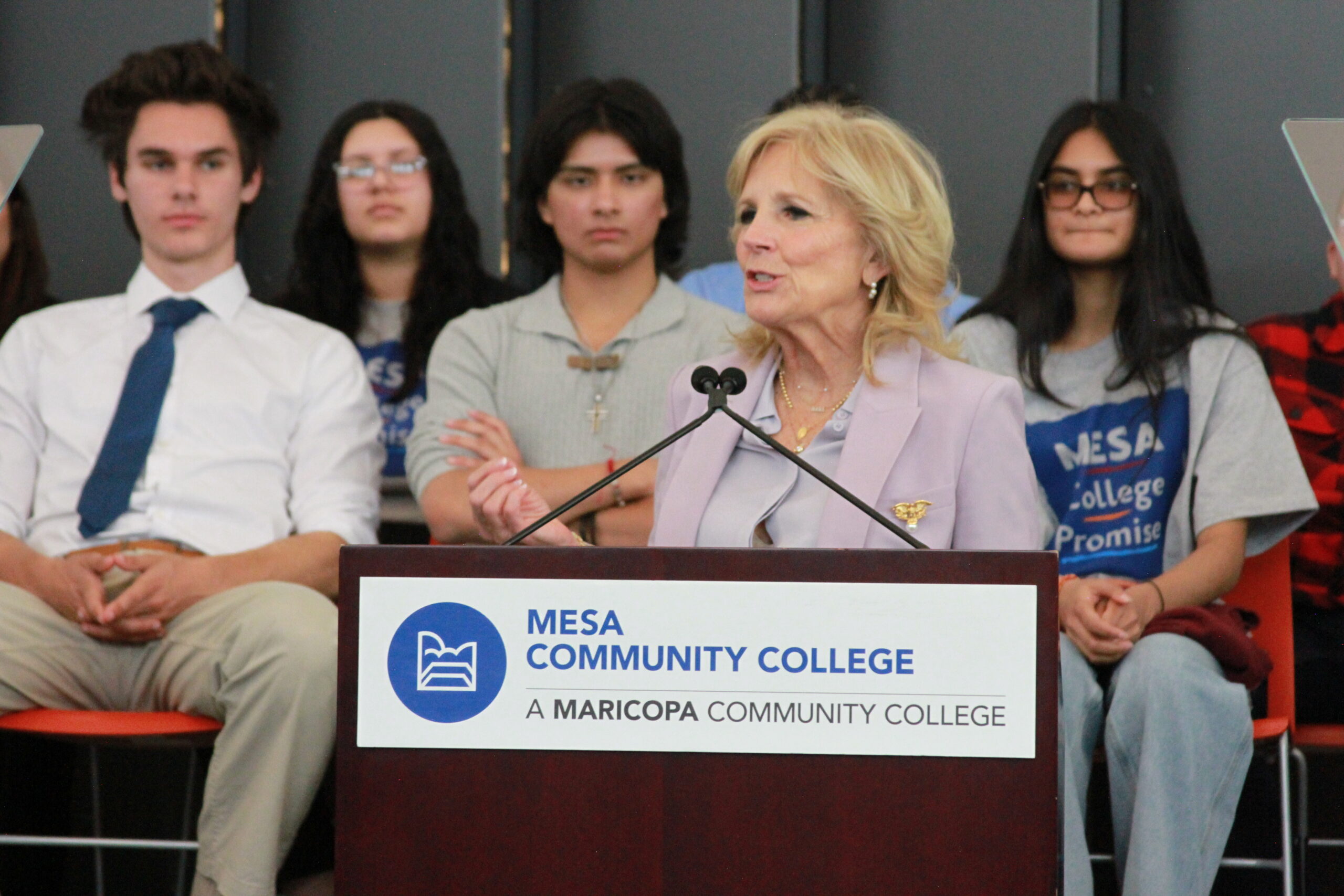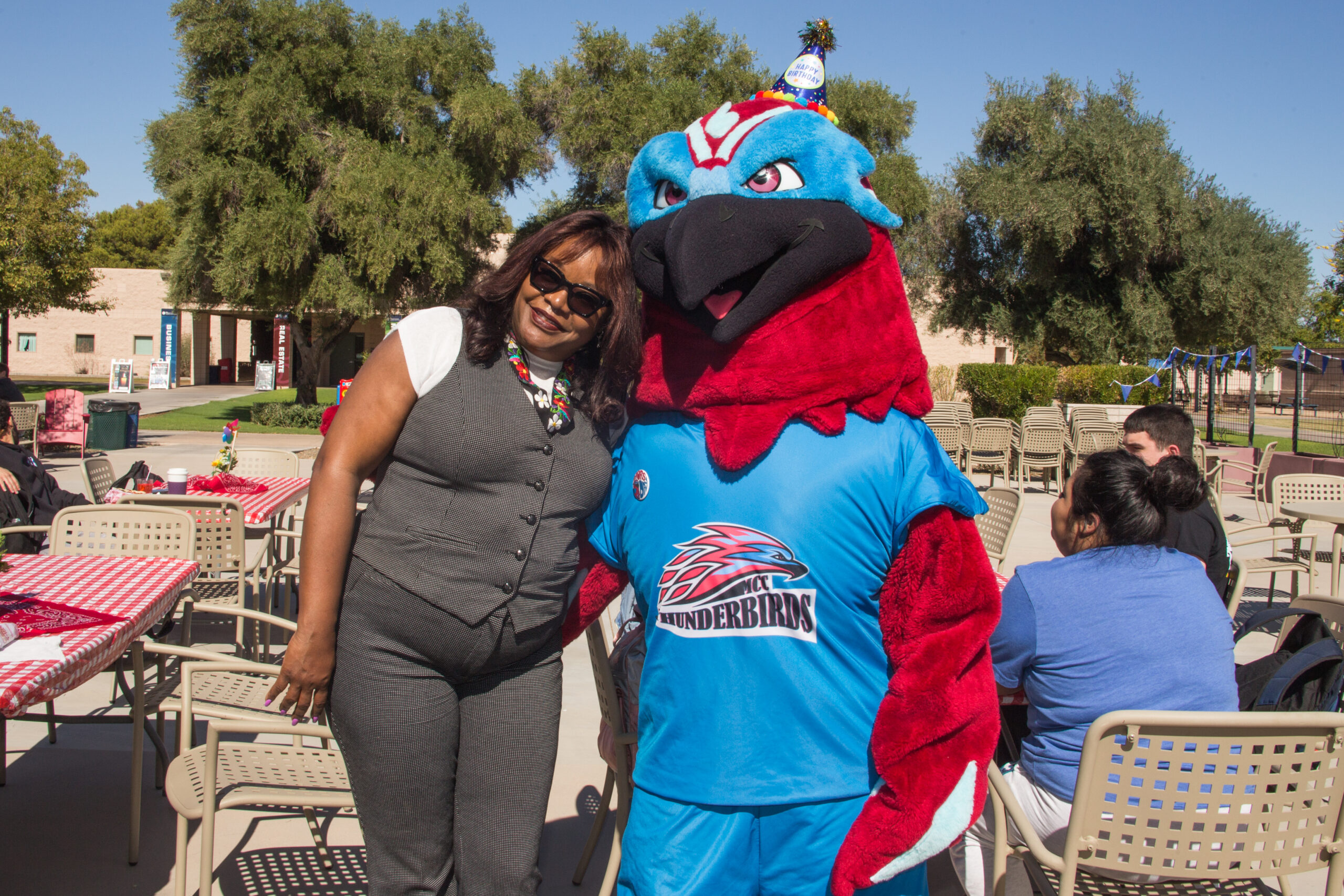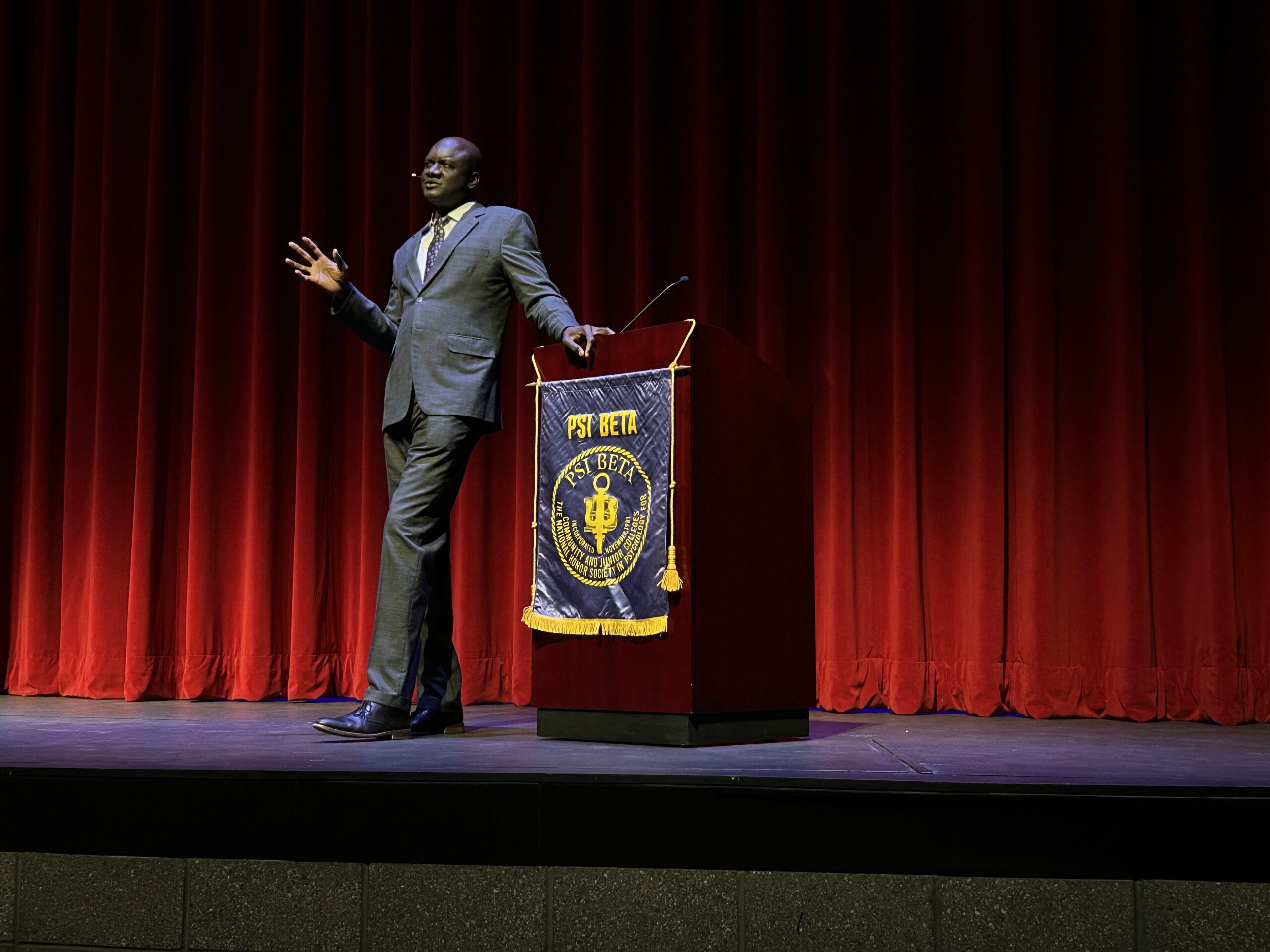A&M releases results of efficiency report
Joseph Starkloff
The Alvarez and Marsal (A&M) final report, which looked for possible inefficiencies within the Maricopa Community College district, was presented Dec. 9, and contained several recommendations that could generate $29.9 million to $48.2 million in potential savings. These savings equal between 2 percent and 3 percent of the $1.5 billion 2009-10 budget.
The report revealed potential savings from $1 million to $2.1 million in consolidation of supply purchases, which was identified as procurement, $6.8 million to $9.5 million in streamlining information technologies, $2.3 million to $5 million in restructuring human resources, $1.5 million to $4 million in the faculty to student ratio, $7 million to $14.9 million in centralizing maintenance, and $2.3 million in other programs.
A fee of roughly $100 for student access to technology was also suggested to create potential revenue enhancements of nearly $7 million to $10.3 million. The cost for the research and production of the report was $1.14 million.
Both governing board president Colleen Clark and chancellor Rufus Glasper spoke directly after the A&M presentation.
Clark stated that the governing board and faculty have continually gathered information throughout the colleges’ existence, and that the report was an amplified effort during tougher economical times.
“The objective analysis of who we are and where we stand today is so relevant to . long term solvency, and we would be foolish to not look at it carefully,” said Clark as she summarized the importance of the A&M report.
While Glasper spoke positively about the report, he also critiqued some of its findings. “There are questions about centralizing stuff,” said Glasper during his post presentation speech. “I think that would cause a problem. I think we need to figure out what some of these mean.”
Board members Jerry Walker and Randolph Lumm expressed positive views towards the majority of the report’s findings. “I thought it was great,” said Lumm. “I was really excited about it. It gives us a blueprint . to make the college more efficient.”
Walker said that the detail and organization of the report was its best quality. One aspect he disagreed with was the report’s recommendation to decentralize parts of human resources.
“I would like to see human resources (as) centralized as possible,” elaborated Walker.
Fellow board member Debra Pearson was more critical of the A&M report. One of her greatest concerns was with the cost of the research.
Pearson stated that the board used its entire emergency fund to employ A&M.
“We just have to pray that the board doesn’t have a crisis or something, because we used crisis money and used it for this,” she said.
This was not a view shared by Walker and Lumm.
“The money is there for this, Lumm, the board secretary.
He also stated that the money spent on the report could be recouped within six months if it is implemented.
Walker responded to Pearson’s claim as well stating, “It was discretionary spending that was allocated to the board to be able to use, we didn’t do anything to take money out of education.”
Walker also asserted that much of the report’s worth relies on its implementation.
“I believe that it’s worth it if it gets implemented, if it doesn’t get implemented it’s not worth anything,” said Walker.
“Implementation is on the shoulders of the chancellor at this point and time, and I’d like to see him sign a document that says if (he) fails to implement this entire program, or at least a majority of this program within a year, then (he) will resign,” continued Walker as he detailed the reports implementation.
Lumm commented on who may end up executing the suggestions in the A&M report as well. “I haven’t made my mind,” said Lumm. “We just need to discuss if we want them (A&M) to implement it, the chancellor to implement it, or more of a combination.”
There is currently talk about hiring A&M to implement their recommendations, but this will result in another multi-million dollar fee.
According to one MCC employee, who out of concern for his job security wished to remain annonymous, “There are enough people here that have been in companies that. can do this kind of same work without spending $1.4 million. At the same time we don’t need to spend $3 million to have them oversee it when there’s enough people here. that can do the exact same thing.”
The date the board votes on who implements the report is currently unknown. When the voting does take place, it will take a 3/5 majority of the five member board to pass.
Pearson also criticized much of the report’s originality and usefulness. “We already have this whole entire thing in place,” said an enraged Pearson.
She stated that the A&M report was the same as Glasper’s One Maricopa vision. “It almost is identical. They basically stole Dr. Glasper’s manual on One Maricopa and reprinted their name on it. That’s insulting!”
Walker rigorously disagreed with Pearson’s comments. “The chancellor never came up with a comprehensive report like this to make implementations,” he stated. “He has a concept, but he’s never discussed it with the board.”
Lumm showed a middle ground viewpoint between the comments made by Pearson and Walker on One Maricopa. “I think the concepts are the same . now we have a blueprint on how to do that,” he stated.
The chancellor could not be reached to answer questions about One Maricopa.









